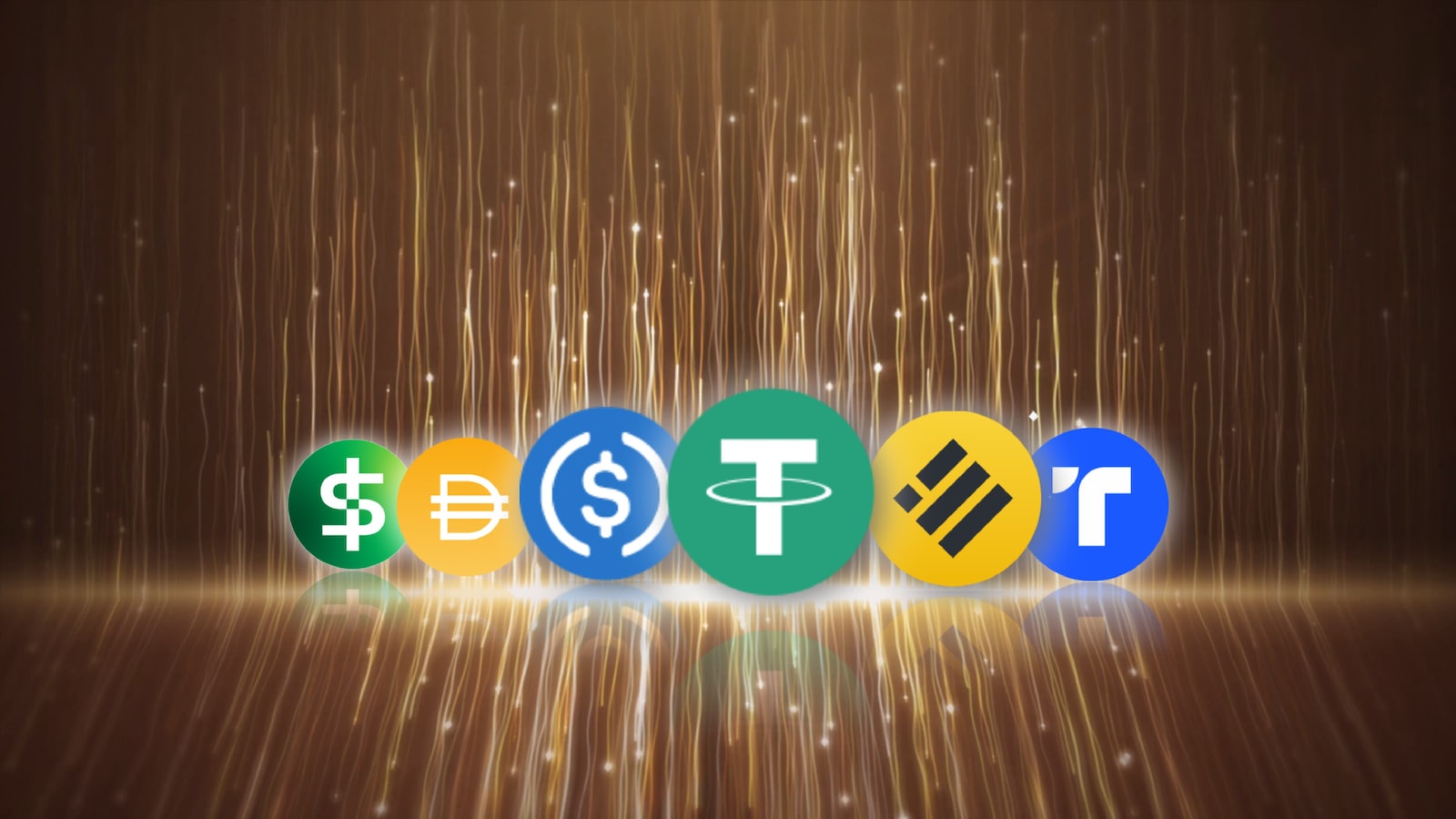Stablecoins on Ethereum: Bridging the Gap Between Crypto and Fiat
In the world of cryptocurrencies, stability has always been a major concern. The unpredictable volatility that has plagued many digital assets has made them less attractive for everyday transactions and hindered their wider adoption. However, a new type of cryptocurrency has emerged that aims to bridge the gap between the highly volatile crypto markets and the stability of traditional fiat currencies. These cryptocurrencies are called stablecoins, and they are gaining significant traction on the Ethereum blockchain.
Stablecoins derive their value from real-world assets such as traditional fiat currencies or commodities like gold. Unlike popular cryptocurrencies like Bitcoin or Ethereum, which can wildly fluctuate in value within minutes, stablecoins are designed to maintain a stable value, usually pegged to a specific benchmark.
Using stablecoins, users can enjoy the benefits of blockchain technology, such as transparency, security, and fast transactions, while also having the peace of mind associated with stable currency values. This unique blend of features is gaining attention from individuals, businesses, and even governments around the world, as it presents a more reliable and accessible option for a wide range of financial activities.
One of the most popular stablecoins on the Ethereum network is Tether (USDT), which is pegged to the U.S. dollar. Tether has gained significant traction due to its stability and deep liquidity, making it a preferred choice for traders seeking a safe haven during times of market uncertainty. Tether allows users to easily move value between traditional financial systems and digital platforms by acting as a bridge between fiat currencies and cryptocurrencies.
Another prominent stablecoin on Ethereum is DAI, which is created and maintained by MakerDAO. Unlike Tether, DAI is not backed by fiat currency but instead is collateralized by other cryptocurrencies through a system of smart contracts. This unique model provides a decentralized and censorship-resistant stablecoin that has become increasingly popular within the decentralized finance (DeFi) ecosystem.
Stablecoins have opened up new possibilities for cryptocurrency users. They can now engage in peer-to-peer transactions, remittances, and cross-border payments in a more stable and secure manner. With stablecoins, traders can even hedge their crypto holdings against market volatility by quickly converting them into a stable asset during turbulent times.
Moreover, stablecoins are not limited to individuals and traders alone. Businesses around the world are starting to integrate stablecoin payments into their platforms, allowing customers to enjoy the benefits of blockchain technology without being exposed to the unpredictable price swings associated with traditional cryptocurrencies. This integration is helping to bridge the gap between the crypto and fiat worlds, as stablecoins offer a more familiar and easily accessible alternative for individuals and businesses alike.
The rise of stablecoins on Ethereum has also caught the attention of regulators and central banks. Governments see the potential of stablecoins in enhancing financial inclusion, reducing transaction costs, and improving transparency in traditional financial systems. Yet, concerns related to regulatory compliance, money laundering, and consumer protection remain key considerations that need to be addressed for stablecoins to achieve mainstream adoption.
In conclusion, stablecoins have emerged as a compelling solution for the volatility problem inherent in cryptocurrencies. Their ability to seamlessly bridge the gap between the crypto and fiat worlds is revolutionizing the way we transact and store value. As the demand for stablecoins continues to grow, we can expect these digital assets to play an increasingly prominent role in the global financial ecosystem. With advancements in technology and regulatory frameworks, stablecoins on Ethereum have the potential to truly transform the way we think about money, offering stability, accessibility, and efficiency in a rapidly evolving digital landscape.







